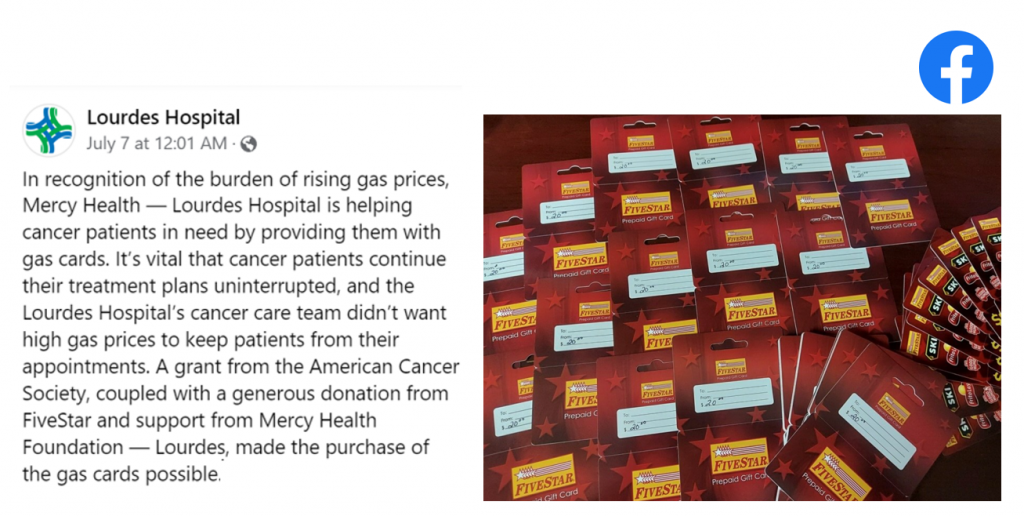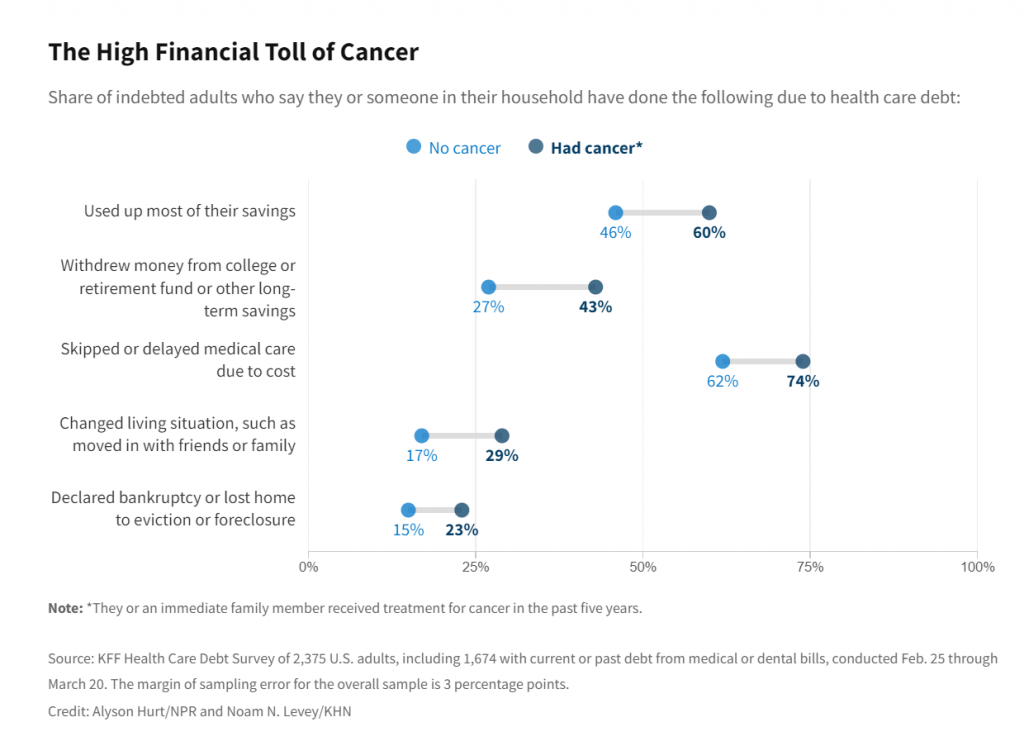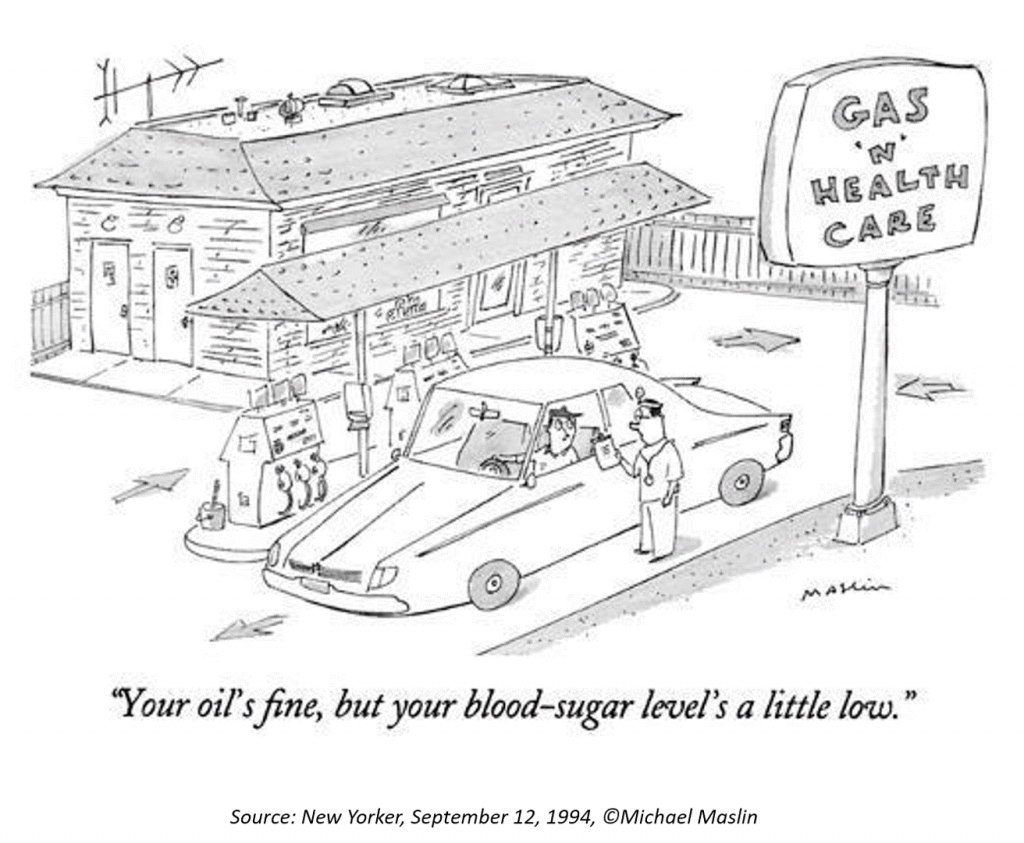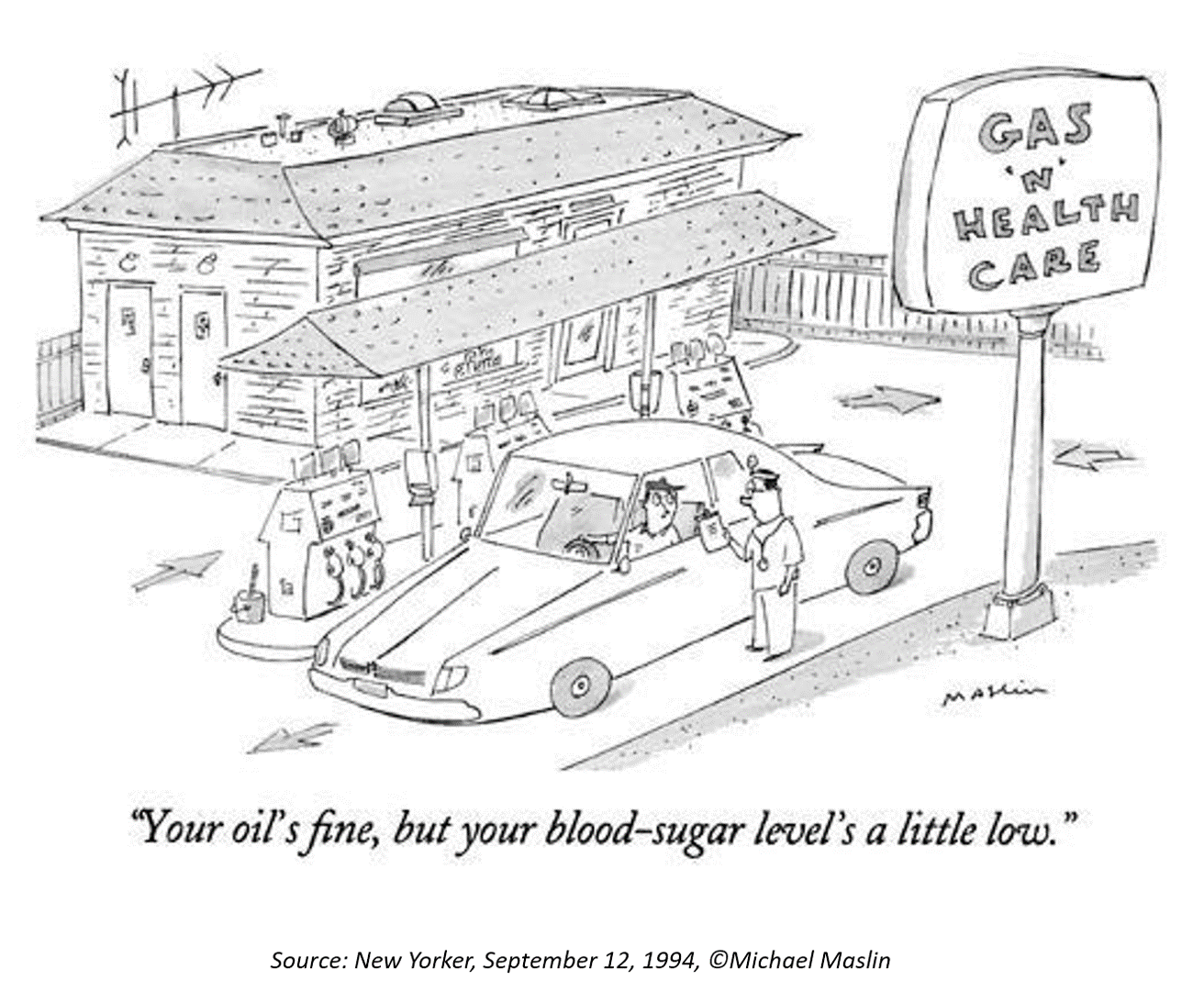Some patients dealing with cancer at Mercy Health’s Lourdes Hospital have been supplied with gas cards. This gesture is enabling families to get to medical appointments around Paducah, Kentucky where, this week, car drivers faced regular gas priced at an average of $4.16 a gallon compared with $2.92 one year ago.

Here’s the Hospital’s Facebook page featuring their gratitude to FiveStar Food Mart, the American Cancer Society, and the Mercy Health Foundation.
“By providing cancer patients with gas cards, the cancer care team at Mercy Health Lourdes Hospital in Paducah hopes to mitigate financial challenges resulting from high gas prices and keep patients on treatment schedules without interruption,” an article in Newsweek described the situation.
Closer to home, the local broadcast channel KOCO News reported on the story explaining how Oklahoma patients struggle to get cancer treatment due to gas prices.
While Mercy Health has been working with the Cancer Society on this program for a while, “what is new is the drastic increase in cancer patients needing fuel,” KOCO News reported. “With the rise in gas prices, it’s been an extreme need. It’s been really challenging to make it to their treatments. It’s not just Oklahoma County. People who are two hours away really need it,” Irving Baccus, an oncology social worker explained.
“Had a couple of single moms who are receiving treatment and they’re explaining to me that they’re having to ration out their funds to be able to make it to get to the grocery store, get the kids to day care, let alone being able to come to treatment,” the social worker told KOCO News. “The gas card can really truly be a difference maker.”
Here’s a snippet from a similar story in Branson, MO, where the American Cancer Society is collaborating with the Skaggs Foundation on gas price relief for patients:
”’The gas cards have been a tremendous help,’” Steph Townsend, a colon cancer patient, told KY3 News. “I wouldn’t be able to afford to go to Springfield two and three times a month with gas being almost five dollars right now.” She says the added help of these gas cards means she also doesn’t have to worry about spending money on food for her family. Skaggs Foundation Director of Community Relations, Mindy Honey, says transportation is the most significant barrier for care patients. ‘People in Stone and Taney Counties, it might take them an hour or more just to get to Branson for treatment. Sometimes those treatments are five days a week, so that really adds up.'”
Calling out the social determinant of health risk that transportation represents, Honey told KY3, “Your health insurance doesn’t pay for your gas, and we know fuel prices are just getting more and more expensive,” Honey said. “So it’s just one thing we can take off their plate, so they don’t miss treatment.”

Health Populi’s Hot Points: Research from the Kaiser Family Foundation continues to build the sorrowful evidence that families dealing with cancer are at risk for medical debt.
The chart on the High Financial Toll of Cancer demonstrates that people dealing with cancer face a greater financial risk of using up most of their savings, skipping or delaying care due to cost, withdrawing money early from college or retirement savings accounts for medical bills, and declaring bankruptcy or losing homes.
I wrote about this issue earlier this year here in Health Populi, discussing the report from Kaiser Health News in their Diagnosis: Debt series with NPR. In that June 2022 report from the Kaiser Family Foundation, 100 million people in the U.S. were found to have had medical debt burdens in 2022.

Gas cards are not a panacea for solving the financial toxicity faced by cancer patients and other people dealing with acute illnesses and health plans that are designed to shift insurance with greater “skin-in-the-game” for would-be health consumers. But this story sheds important light on the opportunity for health care providers to collaborate with business sectors adjacent to the health/care ecosystem that help address and ameliorate the risks of key drivers of health — think food/nutrition and grocery stores, medico-financial health advocates working with regional banks, and environmental health folks working with REI, Patagonia, Dick’s Sporting Goods, and other outdoors retailers (who also, by the way, tend to have strong ESG equity with consumers).
I launched my Health Populi blog in September 2007 with this cartoon from the New Yorker, originally published copyright Michael Maslin in 1994. Twenty years ago or so, I began to speak to this cartoon in the context of Costco — selling low-priced gasoline, well-priced prescription drugs, health and beauty products and, in my local store, provided me a bone density exam at perennial health fairs. Earlier this month, I asked and answered the question here on the blog, What if Costco designed the prescription drug sales model?
Gas ‘N Health Care at Costco? Asked and answered, over the 15 year life of this blog site.
I’ve been using this cartoon since then in my health care advisory work and speech-giving with clients to call out the reality faced by patients in America for the better part of three decades: that health care in the U.S, operates like a retail expense in the eyes and pocketbooks of patients — without the features of “real” retail markets of price transparency, choice, quality metrics, ease of use, streamlined experiences, and so on. When it comes to health consumers home economics, it’s déjà vu all over again, and again, and again….





 Thank you FeedSpot for
Thank you FeedSpot for